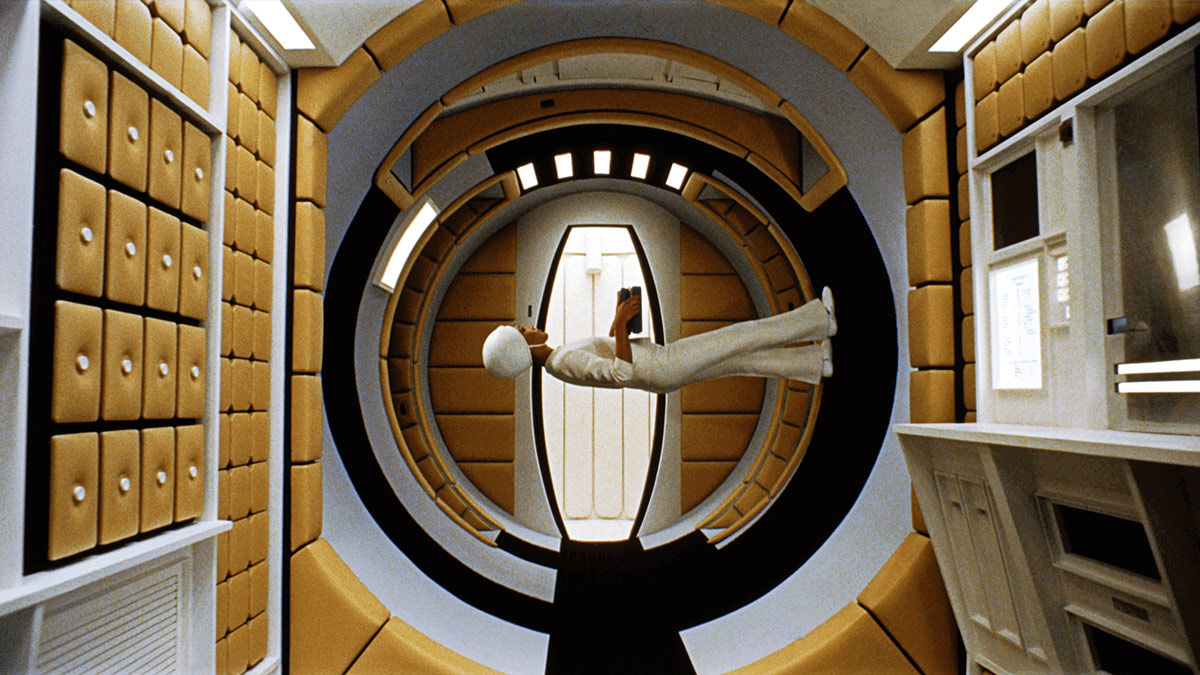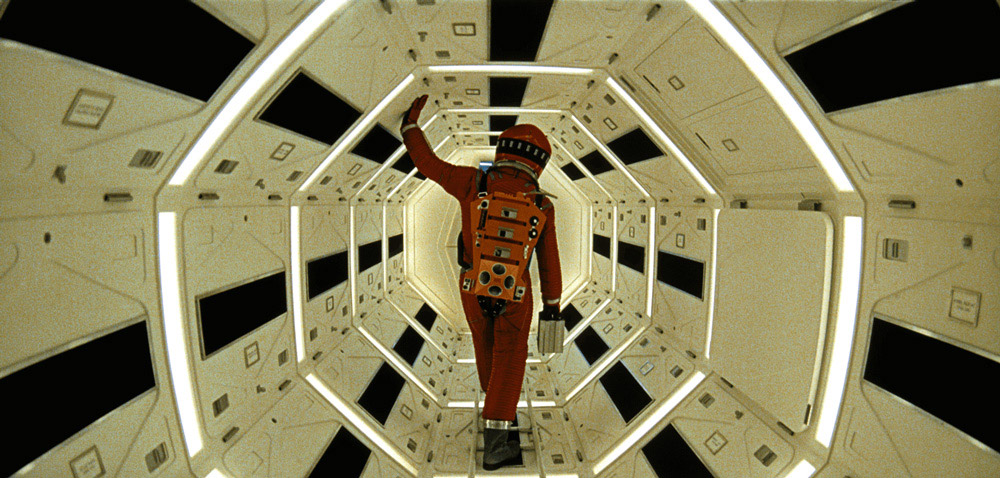
(c)1968 Turner Entertainment Co. All rights reserved.
What is the significance of watching ``2001: A Space Odyssey'' in 70mm print and IMAX digital?
2018.10.02
"2001: A Space Odyssey" synopsis
Will astronaut Bowman (Kia Dullea), who has stepped into a region of space unexplored by humanity, ascend to immortality? With the heartbreaking wish, "HAL, open the entrance!", he begins a journey into the unknown, full of infinite possibilities.
Index
- Kubrick's masterwork brought to life on film
- How did the 70mm film standard come about?
- Why ``2001: A Space Odyssey'' was made in 70mm
- Print screening in the original format, digital IMAX that reproduces the large screen
- Re-screening in the ``Super Cinerama'' format, which is long awaited
Kubrick's masterwork brought to life on film
This year, 2018, marks 50 years since the release of Stanley Kubrick's great science fiction epic, ``2001: A Space Odyssey'' (68). To commemorate the occasion, Warner Bros., in collaboration with Christopher Nolan, director of Dunkirk (2017), created a new 70mm print from a 65mm camera negative. This version was premiered at the Cannes Film Festival in May, and will be shown in five selected IMAX theaters this summer, including New York, San Francisco, and Toronto, and will then be screened in 70mm theaters in North America. ing.
In Japan, it has been announced that a total of 12 screenings will be held for 6 days from October 6th to 7th and 11th to 14th at the National Film Archive, which is capable of showing 70mm prints, and advance tickets for all dates are available. The overwhelming popularity of this work is demonstrated by the fact that it sold out within minutes after sales began (same-day tickets are available for each show).

“2001: A Space Odyssey” (c)1968 Turner Entertainment Co. All rights reserved.
But why does the above screening touch our hearts so much? That's because it's the first time it's been released in its original format since the 1978 revival. Since this 2001: A Space Odyssey'' has mainly been shown as a 35mm print reduced from 70mm, or as data converted to DCP (Digital Cinema Package). Under such circumstances, the re-release in 70mm has the value of returning to the film's purest screening format. Above all, now that screen projection of commercial films has been replaced by DCP, the screening of film prints itself can be said to be a rare event.
By the way, the last time ``2001'' was screened in 70mm in Japan was in 1991, as far as I know. The final event will be the OS Sayonara Festival at the Umeda OS Theater in Osaka, with a program of screening all films in 70mm prints. According to Kazuki Uchiyama's viewing notes published in Daguerreo Publishing, he speculated based on the condition at the time of the screening, ``Is this a duplicate print of a 35mm print enlarged to 70mm?'' and I have the same opinion as Mr. Kazuki Uchiyama. ).

